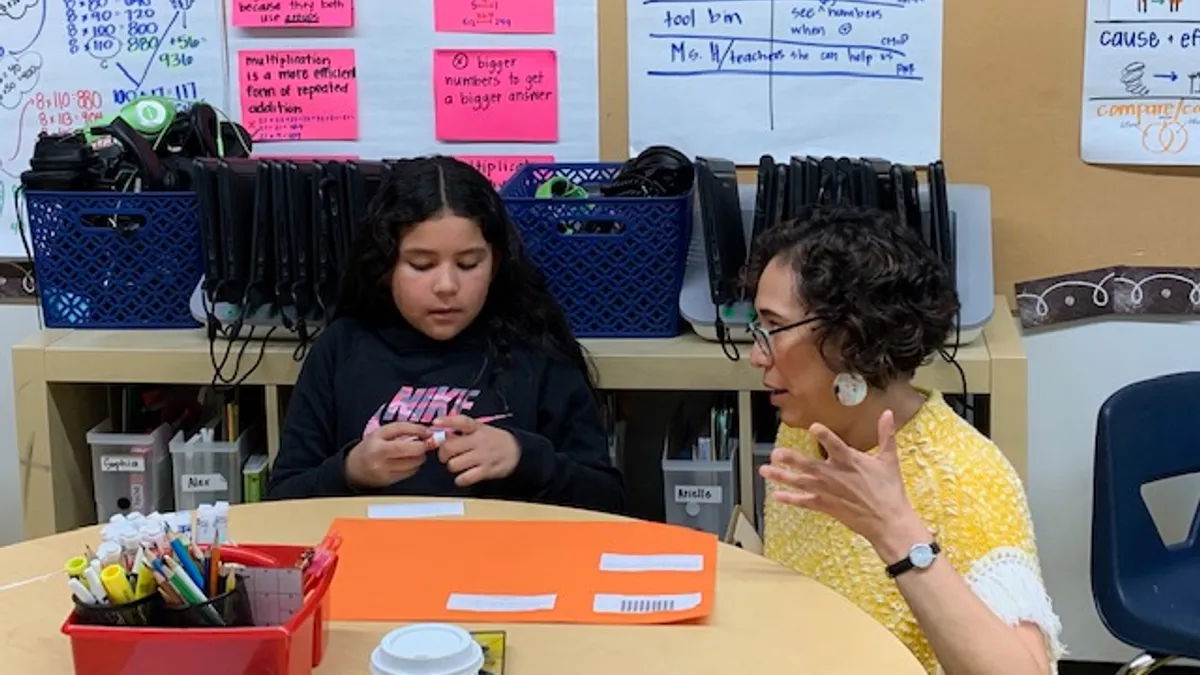Dive Brief:
- In designing choice boards for her high school Spanish classes, Elena Spathis ensures they offer options across four areas of communication, including speaking, listening, reading and writing, she writes for Edutopia.
- During the pandemic, all of the options available to students leaned on virtual or digital avenues, such as Flipgrid. The choices also have a cultural focus, such as studying the work of famous artists, and finished projects can be visual or even weave in a spoken element allowing students to narrate their projects.
- A written option is another path offered and could take the form of writing a letter to a favorite artist or crafting an artist’s statement of their own, explaining the choices the students made in their own work. Ultimately, Spathis, who teaches in New Jersey, encourages students to pick something they haven’t done in the past, kindling their interest in their schoolwork.
Dive Insight:
When students are given choices in how to show off what they’re learning, they can often feel more satisfaction in their work, and even in what they’re studying in class.
Educators can seed more choices into the curriculum by adopting a popular tool called choice boards. These graphic displays, almost charts, are created by teachers to offer students different options in how they want to demonstrate what they learned during a class or from a specific lesson. These boards can take almost any kind of format — the only key is that they give students a variety of paths they can select from and follow. They can be put to use in nearly any subject, whether that’s English language arts, science or math.
Some teachers adopt what’s often called the tic-tac-toe method, with nine boxes representing a different idea and the requirement that students complete three assignments in a row. Other educators, like Shannon Miller, use a virtual chart, listing subjects and a string of options below them, creating them in Google Slides so the selections can change frequently.
For those educators unsure where to start, there are helpful tool kits online, cheat sheets that include downloadable templates they can use to start, and even choice boards already pre-filled for specific subjects and grades.
Ultimately, choice boards may help students grow into more independent learners by allowing them to have some voice in how they present their proficiency in a subject, and some accountability in making sure they complete their projects as well.





 Dive Awards
Dive Awards






